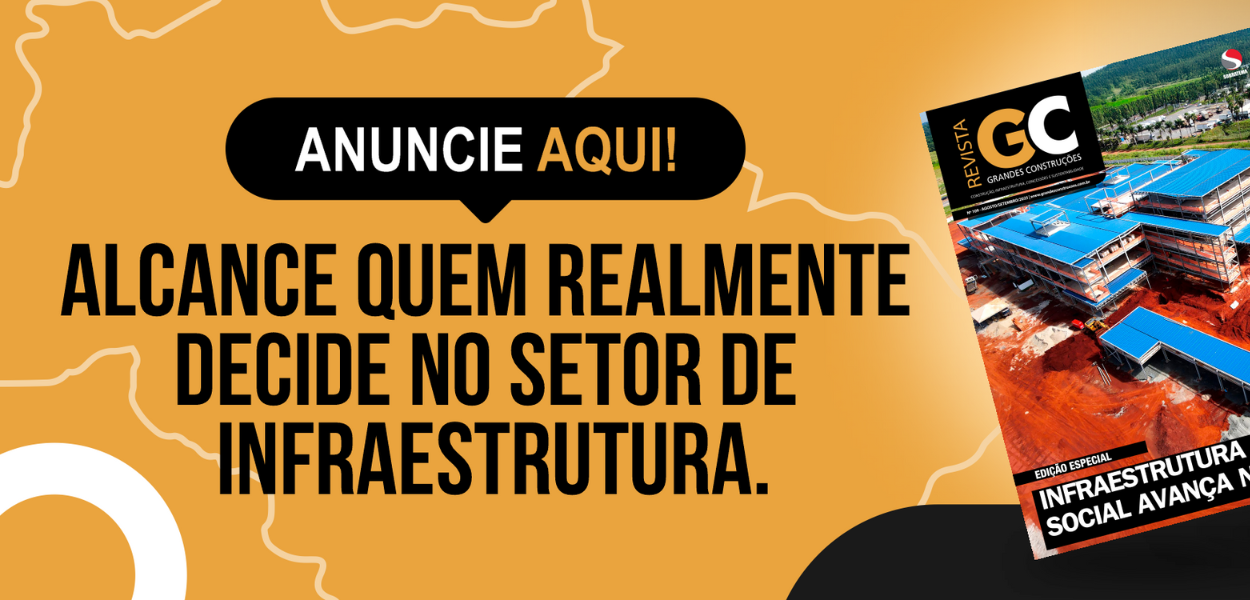Giant crop, dwarf infrastructure
Production in 2017 reaches 224.2 million tons of grains but potholed or impassable roads, poor railways and ports and lack of warehouses bring disturbances and losses that compromise competitiveness
The record grain crop of 2017—estimated in 224.2 million tons by the Instituto Brasileiro de Geografia e Estatística (IBGE)—represents an increase of 21.8 percent on the production of 2016 (184 million tons). According to the IBGE, the country will harvest 60.3 million hectares of grains in this year, 5.7 percent above the last year, when the total harvested area was 57.1 million hectares. The production of soy beans will be 13.2 percent above that of 2016 and the area to be harvested, 2.1 percent above that of the last year. In the production of corn, an increase of 39.6 percent above 2016 is foreseen, with an increase of 11 percent in the harvested area. Rice crop has to increase 11.1 percent with increase of 2 percent in the harvested area. Soy, corn and rice are the three main products of the national grain crop, corresponding to 93 percent of production estimations and to 87.1% of the area to be harvested.
But the problems of the transport infrastructure may throw away these results, since part of the record result of the crop may stay on the road or reach the ports too late. Road BR-163, one of the main ways to drain the production of the Center-Western Region— where most of the crop is concentrated—has unpaved sections (approximately 100 km from a total of 1000 km of road) impassable due to the heavy rains that fell in the beginning of March in the region that crosses the state of Pará. Approximately 2000 trucks were stopped by two weeks in a 40-km line till the road could become free again. A considerable part of the load to be sent to the Port of Belém had to be redirected to the ports of Santos (SP) and Paranaguá (PR), causing losses of more than R$ 18 million to the producers.
The distance traveled by Center-West trucks to the Southern and Southwestern ports is above 2000 km. Currently, 67 percent of the exportations are carried out through the ports of Santos (SP), Paranaguá (PR) and Rio Grande (RS). Losses due to bad conditions of transport may reach R$ 350 million this year.
The poor quality of the roads is considered a serious or very serious problem by 85.8 percent of the shippers interviewed by the Confederação Nacional de Transporte (CNT). According to the entity, most (63.4 percent) of the draining roads have some problem in the pavement, signalization or geometry. Paths originated in the Center-West and directed to Santarém (through the BR-163) had 100 percent of their length with problems, even in paved sections.
Clésio Andrade, president of CNT, says that the competitiveness of the Brazilian agribusiness is conditioned to the availability of an efficient system of logistics. “Transport projects must have a systemic vision, integrating railways, ports, waterways, roads and transshipment terminals”, says him.
According to CNT, the lack of advances in Brazilian infrastructure logistics is related to the lack of long-term planning, to the slowness in the development of plans, to project inaccuracies, to the bureaucracy in obtaining licenses and to the slowness of bidding processes. In addition, government investments in infrastructure are quite below country’s needs. In 1975, public investments were of 1.8 percent of the GDP. In 2014 were of 0.29 percent and in 2016 were of 0.20 percent of the GDP (R$ 12.3 billion). Since the country did not sustain and enlarge the percent of investments, the result was a transport network disconnected from the new productive areas. Consequently, the current network does not allow diversity of flow alternatives to the new agriculture borders, mainly in country’s Center-West.

Av. Francisco Matarazzo, 404 Cj. 701/703 Água Branca - CEP 05001-000 São Paulo/SP
Telefone (11) 3662-4159
© Sobratema. A reprodução do conteúdo total ou parcial é autorizada, desde que citada a fonte. Política de privacidade










